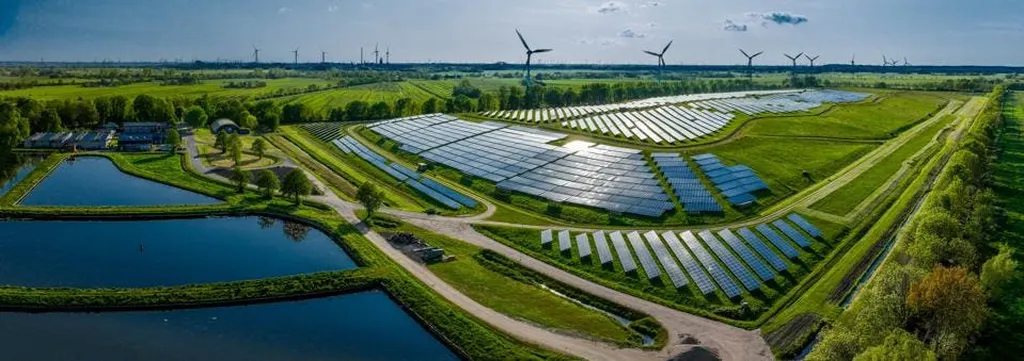The clean energy sector’s rapid job growth, which has outpaced the rest of the U.S. economy, has significant implications for the agriculture sector and investors, highlighting both opportunities and challenges.
For the agriculture sector, the growth in clean energy jobs, particularly in areas like biofuels and energy efficiency, presents new avenues for diversification and innovation. Farmers and agribusinesses can explore opportunities in renewable energy production, such as solar and wind farms on agricultural lands, or invest in energy-efficient technologies to reduce operational costs. The integration of clean energy solutions can enhance sustainability and resilience in agriculture, aligning with the increasing consumer demand for environmentally friendly practices. Additionally, the development of biofuels, which are derived from agricultural crops, offers a potential revenue stream for farmers and agribusinesses, contributing to the rural economy.
However, the slowing growth in clean energy jobs due to policy uncertainties and economic factors poses risks. The agriculture sector, which is heavily dependent on energy for operations, could face higher energy costs if the clean energy transition stalls. This could impact production costs and profitability. Furthermore, the cancellation of clean energy projects, particularly in Republican strongholds, could affect rural communities that stand to benefit from job creation and economic development in the clean energy sector.
For investors, the clean energy sector’s job growth trends signal both opportunities and risks. The rapid expansion of jobs in solar, wind, batteries, and electric vehicles indicates a robust market with significant growth potential. Investors can capitalize on this trend by supporting clean tech firms, renewable energy projects, and energy efficiency initiatives. The increasing demand for clean energy solutions presents lucrative investment opportunities, particularly in innovative technologies and sustainable practices.
However, the slowing job growth and policy uncertainties introduce risks. Investors must navigate regulatory hurdles, shifting energy policies, and market volatility. The cancellation of clean energy projects highlights the importance of careful risk assessment and strategic investment decisions. Investors should closely monitor policy developments and market trends to mitigate risks and identify emerging opportunities in the clean energy sector.
In conclusion, the clean energy sector’s job growth trends have profound implications for the agriculture sector and investors. While opportunities abound in renewable energy production, energy efficiency, and biofuels, the sector’s challenges, including policy uncertainties and economic factors, require careful navigation. By embracing innovation and sustainability, the agriculture sector and investors can position themselves to benefit from the clean energy transition while mitigating potential risks.

